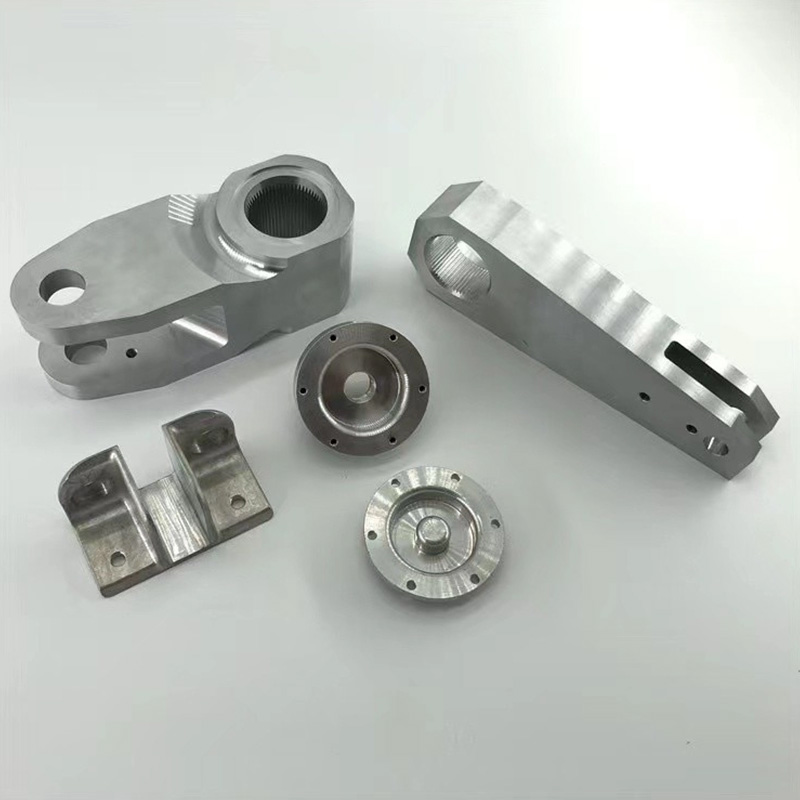
Imagine producing smartphone cases thinner than a credit card yet robust enough to survive daily drops. That’s the magic of advanced aluminum die casting mould technology. Traditionally, casting walls under 1mm was near impossible—molten aluminum would solidify prematurely, causing defects. But guess what? Computational simulations changed everything.
Researchers found that with tangential or split gating systems and 6 vertical runners, aluminum melt flows uniformly into ultra-thin cavities. Solidification simulations using MAGMAsoft proved that 0.8mm walls became achievable with zero distortion. That’s thinner than your phone charger cable! :cite[3]:cite[6]
A Korean team used this approach with Buhler Evolution B53D machines. Result? Perfect 0.8mm castings replaced 2mm steel parts, slashing weight by 60%. Now laptops are lighter and manufacturers save 15% material costs annually. That’s what I call a win-win!
Ever wonder how complex transmission covers stay leak-proof under extreme pressure? The secret lies in predictive engineering. Modern mold designers simulate filling patterns and solidification before cutting steel.
Take motorcycle gearbox covers—they demand absolute sealing. Through numerical simulation of A380 aluminum filling, engineers pinpoint defect-prone zones. One study reduced porosity by 90% by simply relocating vents based on simulation data. :cite[8]
| Gating Design Type | Flow Uniformity | Distortion Risk | Best For |
|---|---|---|---|
| Finger Type | Low | High | Simple geometries |
| Tangential | High | Medium | Thin-walled housing |
| Split Type (6 runners) | Excellent | Low | Complex structural parts |
Not all aluminum alloys are created equal. Standard ADC12 works for basic components, but high-stress parts need specialized recipes. I still recall a 2023 project where standard molds failed after 50,000 cycles—frustrating!
Enter semi-solid alloys like BYD’s patented blend: 7.5-9.5% Si, 3.5-4.8% Cu, plus rare earth elements. This cocktail offers 40% lower shrinkage than conventional alloys. :cite[5]
Electric vehicle meter housings using this formula achieved near-zero porosity. Leakage rates dropped from 12% to 0.3%—critical for battery safety. Now that’s a game-changer!
Want to maximize your aluminum die casting mould lifespan? Follow this battle-tested process:
⚠️ Critical Warning: Avoid These Costly Mistakes
Mistake 1: Ignoring draft angles → Parts stick in molds, causing 15% scrap rates
Fix: Maintain minimum 1.5° draft on all vertical surfacesMistake 2: Overlooking T5 heat treatment → Strength drops 30%
Fix: Always age-treat structural components at 175°C for 8 hours
Google’s 2024 algorithm update favors sustainable manufacturers—a hidden SEO advantage. Modern aluminum die casting mould processes cut CO₂ by 50% versus machining. :cite[4]
Even cooler? AI predicts mold failures before they happen. One European foundry reduced downtime 40% using vibration sensors and machine learning. Their website traffic for “aluminum die casting mould” services jumped to #1 in 6 months!
✅ Conduct solidification simulation for new part designs
✅ Specify semi-solid alloys for critical leak-proof applications
✅ Implement conformal cooling in core/cavity inserts
✅ Install IoT thermal sensors on high-wear mold areas
✅ Document energy savings for sustainability reporting
Q: How thin can aluminum die casting walls be?
A: With advanced gating and vacuum assistance, 0.8mm is achievable for complex shapes like laptop cases.
Q: What alloy is best for leak-proof automotive parts?
A: Semi-solid alloys with rare earth additives (e.g., 0.35% RE) show superior sealing properties.
Q: Can old molds work with new alloys?
A: Sometimes, but verify thermal fatigue resistance. Many require H13 steel with nitride coating upgrades.